Earthquakes
Type of resources
Available actions
Topics
Keywords
Contact for the resource
Provided by
Years
Formats
Representation types
Update frequencies
Scale
-
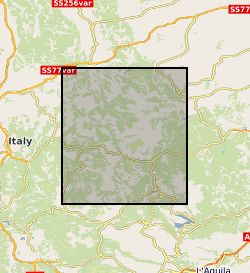
Terrestrial laser scanning datasets (including GPS data for georeferencing), structure from motion datasets, and field photographs collected during the 2016 Central Italian Earthquake sequence. Data were collected from multiple localities to capture the co- and post- seismic near-fault deformation along the earthquake surface ruptures. See the scan_data.xlsx for individual details of each laser scan location, and readme.txt for a complete description. In each scan site folder you can find the unprocessed raw files and processed ascii files. Note, not all processed files are georeferenced.This is due to time constraints on field data collection. Georeferencing for these data can be achieved by point cloud matching to other georeferenced scans. Photos for structure from motion (SfM) datasets were collected with a Nikon camera. All original photos are provided. Field photographs taken in the aftermath of the 2016 Norcia Earthquake (30th October 2016, Mw6.6) are also provided. Relevant references are: Wilkinson, MW, KJW McCaffrey, RR Jones, GP Roberts, RE Holdsworth, LC Gregory, RJ Walters, LNJ Wedmore, H Goodall, F Iezzi (2017). Near-field fault slip of the 2016 Vettore Mw 6.6 earthquake (Central Italy) measured using low-cost GNSS. Scientific Reports 7: 4612. Walters, RJ, LC Gregory, LNJ Wedmore, TJ Craig, K McCaffrey, M Wilkinson, J Chen, Z Li, JR Elliott, H Goodall, F Iezzi, F Livio, AM Michetti, G Roberts, E Vittori (2018). Dual control of fault intersections on stop-start rupture in the 2016 Central Italy seismic sequence. Earth and Planetary Science Letters 500, 1-14. Wedmore, LNJ, LC Gregory, KJW McCaffrey, H Goodall, RJ Walters (in review). Partitioned off-fault deformation in the 2016 Norcia earthquake captured by differential terrestrial laser scanning. Submitted to Geophysical Research Letters.
-

This dataset contains petrophysical characteristics of andesite samples (geometry, porosity, permeability) before and after a series of mechanical tests (which were conducted as part of another project). The data is presented in the publication Lamur et al., 2023 (https://doi.org/10.1038/s41598-022-26721-x). The data were collected at the University of Liverpool, analysed at the University of Liverpool and LMU Munich. All samples were collected on Colima volcano, Mexico. Experiments were conducted in 2021 and data analysed throughout 2021 and 2022. For each experiment, a rock cylinder of 25x50 mm (diameter x height) is prepared. Porosity data is calculated from sample geometry and volume measured in a helium pycnometer. Permeameter data is output automatically from the permeameter when a constant flow rate of helium gas through the sample is achieved, at which point the pressure differential and flow rate are used to calculate permeability. The values are for andesite samples from Colima volcano, pre- and post- mechanical testing. The data show the extent of changes of petrophysical properties possible by mechanical deformation in the brittle regime. Volcanic environments are often subjected to low magnitude; repetitive earthquakes that may contribute to the overall rock mass (or volcanic edifice/dome) fatigue. Understanding how such mechanical oscillations may change the characteristics of the volcanic rocks comprising the edifice can help better understanding associated hazards.
-
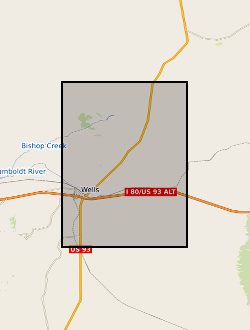
Ascii files or tables with earthquake source and model parameters determined for the Wells, Nevada earthquake
-

Contains location and associated parameter information for microseismicity detected in the Reykjanes peninsula between June 2020 and August 2021. Primary detection and location carried out using Quakemigrate. Template matching used to find very small magnitude events. GrowClust used to obtain accurate relative relocations. Local magnitudes of events also computed. Data from a total of 42 stations were used for the detection and location process. Repository also includes the 1-D velocity model used for the relocation.
-
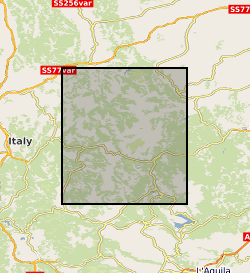
Terrestrial laser scanning datasets (including GPS data for georeferencing), and field photographs collected during the 2016 Central Italian Earthquake sequence. Data were collected from multiple localities to capture the co- seismic near-fault deformation along the earthquake surface ruptures from the 30th Oct Norcia Earthquake. See the scan_data.xlsx for individual details of each laser scan location, and readme.txt for a complete description. In each scan site folder you can find the unprocessed raw files and processed ascii files. Field photographs taken at the site and in the aftermath of the 2016 Norcia Earthquake (30th October 2016, Mw6.6) are provided. Relevant references are: Wilkinson, MW, KJW McCaffrey, RR Jones, GP Roberts, RE Holdsworth, LC Gregory, RJ Walters, LNJ Wedmore, H Goodall, F Iezzi (2017). Near-field fault slip of the 2016 Vettore Mw 6.6 earthquake (Central Italy) measured using low-cost GNSS. Scientific Reports 7: 4612. Walters, RJ, LC Gregory, LNJ Wedmore, TJ Craig, K McCaffrey, M Wilkinson, J Chen, Z Li, JR Elliott, H Goodall, F Iezzi, F Livio, AM Michetti, G Roberts, E Vittori (2018). Dual control of fault intersections on stop-start rupture in the 2016 Central Italy seismic sequence. Earth and Planetary Science Letters 500, 1-14. Wedmore, LNJ, LC Gregory, KJW McCaffrey, H Goodall, RJ Walters (in review). Partitioned off-fault deformation in the 2016 Norcia earthquake captured by differential terrestrial laser scanning. Submitted to Geophysical Research Letters (directly related to this dataset). The dataset will also be available on opentopography.com once the above paper is accepted.
-
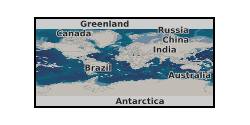
The two earthquake scenario narratives are communications tools created to engage the local population and policy makers in Weinan city. They will be uploaded on the Overseas Development Institute website and be publicly accessible.
-
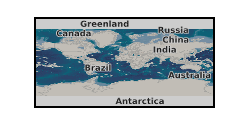
Photos and videos collected during earthquake damage surveys of the village of Amatrice, central Italy. The earthquake struck on the 24th of August 2016 at 3:36 am local time, a Mw 6.2 earthquake struck a mountainous region of central Italy on the borders between Umbria, Marche, Lazio and Abruzzo. The Earthquake Engineering Field Investigation Team (EEFIT) mission ran from the 4th to the 15th of October 2016. The three main aspects investigated were the ground surface effects caused by the earthquake, the structural damage of masonry buildings and bridges and the effects of the earthquake on reinforced concrete structures and infrastructure.
-

Ascii files and tables with earthquake source and model parameters for five events in the Azores archipelago.
-

Field reports and macroseismic questionnaires for recent British earthquakes. As of 2003, data collection for this dataset is mostly digital.
-
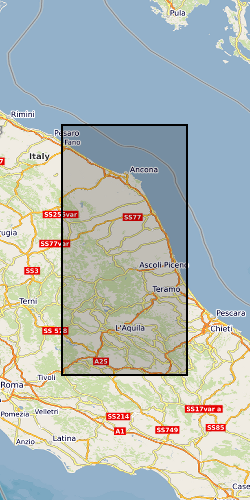
The data collection consists of 25 3-component broadband seismic station at 100sps (approx. 45mb per station, per day) located in the epicentral area of the 26th August 2016, M=6.0 Amatrice earthquake. The sequence evolved with strong mainshocks for over 6 months reaching a maximum magnitude of M=6.4 that struck Norcia town on October 30th, 2016. In line with SEIS-UK guidelines data was archived with the IRIS data management facility (https://ds.iris.edu/ds/nodes/dmc/) under the FDSN network code YR and using the network name “Amatrice Sequence International”. The project has the digital identifier https://doi.org/10.7914/SN/YR_2016.
 NERC Data Catalogue Service
NERC Data Catalogue Service